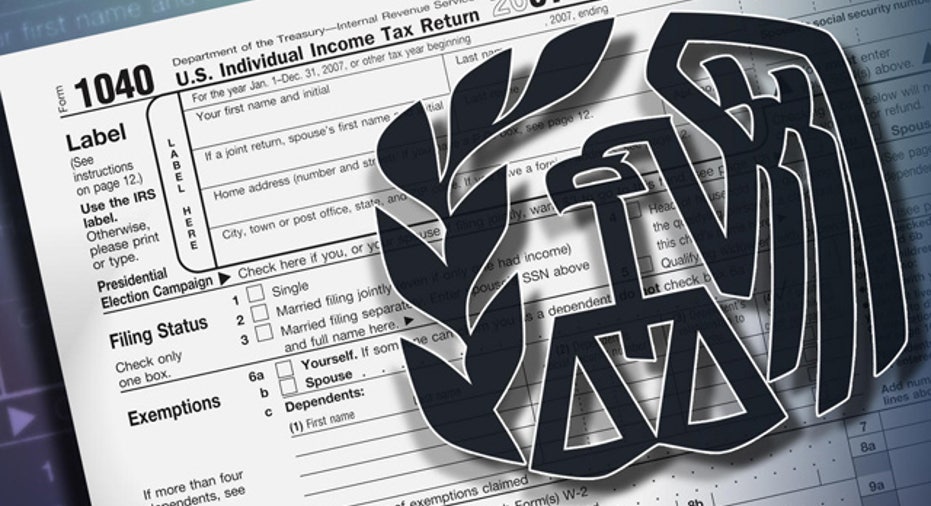Labels Matter to the IRS--Keep Out of Trouble

When business owners start looking into hiring employees, many are overwhelmed at how expensive it can be. Of course, you must pay this person a decent wage, but there are even more expensive costs: taxes. And there are a lot of them to think about: unemployment taxes, payroll taxes (7.65% of the employee's total salary) and other taxes.Some business owners try to sidestep these tax issues by hiring workers as "independent contractors." Sounds like a good idea, right? Independent contractors do the work but save you the hassle of payroll taxes, tax withholding and unemployment taxes. Hold on! Before you jump aboard the independent contractor bandwagon, you need to understand that the IRS has a say in the matter. The IRS has very strict rules for determining who is an independent contractor and who is an employee. How you classify your workers revolves around three basic characteristics: Behavioral control: Do you as the business owner have the right to determine how the work is done via training or instructions, for example?
Financial control: Do you as the business owner have the right to determine or control the financial or business aspects of the work?
Type of relationship: Do you or your workers perceive an employer-employee relationship?If the answer to all three questions posed above is yes, you probably have an employee. On the other hand, if all the answers to these questions are no--meaning you can only direct or control the results of the work done, but not the means and method of completing the work--then you likely have an independent contractor. Of course, not all employment situations are so cut-and-dried. What if the answers to the above questions are not all "yes" or all "no"? For example, what if your worker can decide how the work gets done, but you are in control of the financial components of the work? If your worker's characteristics are on the nontraditional side, then you can ask the IRS to make an official determination on your worker's status. You can do this by filing IRS Form SS-8, which can be found at IRS.gov. If you are ever in doubt, get a determination. Guessing wrong can be a costly mistake and can bring a whole lot of trouble to your business's door. Using the wrong classification can lead to some big tax bills and leave you vulnerable to huge penalties and interest for the unpaid payroll taxes. So do the right thing for your business and make sure you properly label your work force, and then follow through with the proper tax obligations. When it comes to the IRS, doing it right the first time is the key to fewer tax headaches.